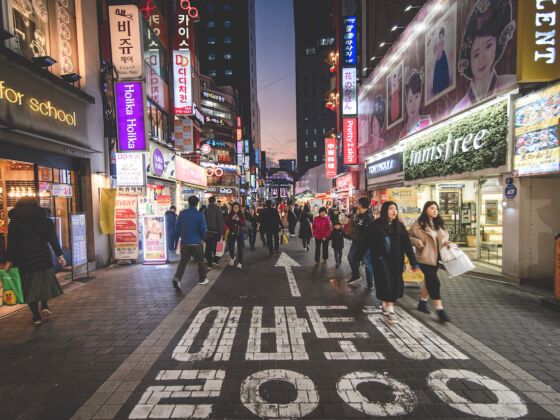Morning
Drag yourself out of bed around 9 or 10. Seoulites work, play, and study long after midnight, so nothing is open before 8. Get to central Seoul, north of the Han River. If you’re not in the mood for a kimchi and rice breakfast, a coffee and muffin at Jeon’s Coffee, near Anguk station, is a nice alternative.
